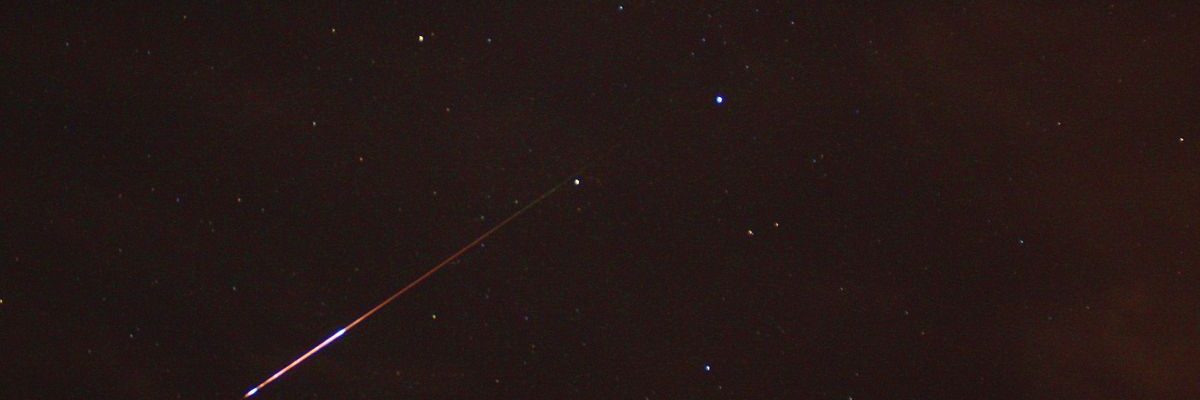The Perseid meteor shower happens occurs annually, but is hard to see from most parts of Australia. Jared Tennant, Wikimedia Commons
The Perseid meteor shower, an annual event, reached its ‘peak’ over the weekend with clear skies creating perfect visibility.
Professor Richard de Grijs, an astronomy expert at Macquarie University, said that the meteor shower is unfortunately not easy to spot from most parts of Australia.
“The Perseid meteor shower is usually best visible from the northern hemisphere, although we could be lucky enough down here and catch a glimpse in the pre-dawn hours,” de Grijs told the ABC.
“If you’re a bit further north — let’s say, Brisbane or further north, across the country all the way out west too — and you’re awake around 3am-ish, you might be in luck.”
Professor di Grijs also said that while last weekend was the best time to spot the meteor shower, “meteors associated with the Perseids could hit the Earth’s atmosphere at any time between July and mid-September.”
Meteor showers occur when the earth moves through debris in space. The yearly Perseid shower comes from comet Swift-Tuttle – a comet made of ice and rock that sheds debris as it orbits the sun.
When the pieces of debris get caught in Earth’s atmosphere, they burn up, creating the streaking lights we can see.
The Perseid meteor shower was named after the constellation Perseus, where the meteors’ path appears to start out in the sky.





